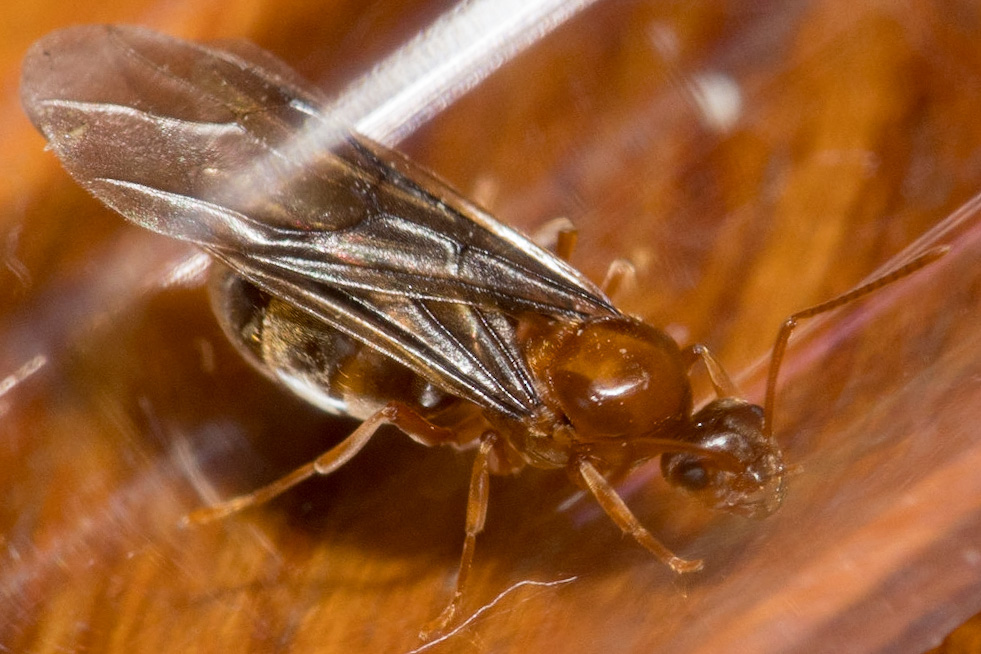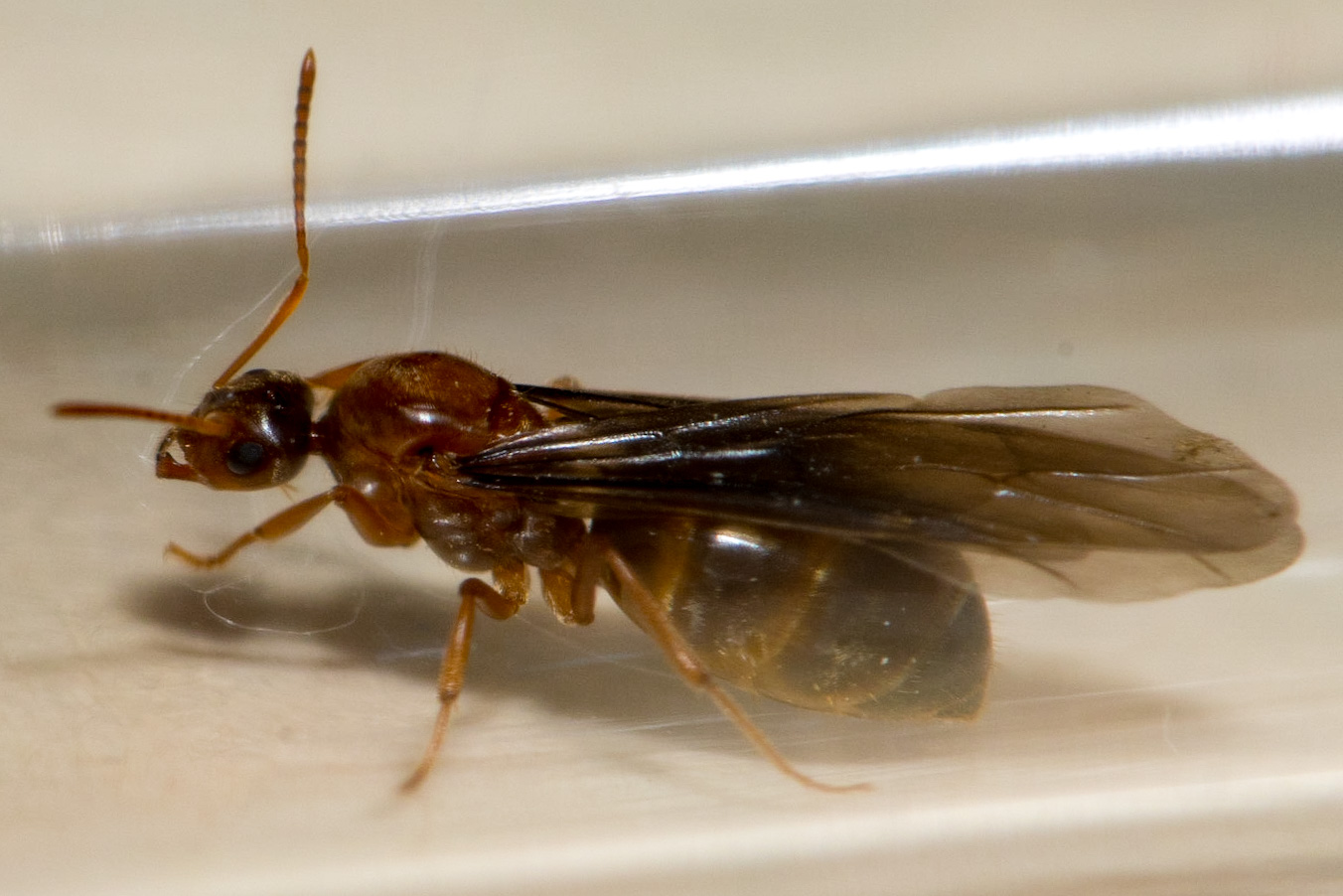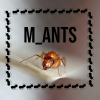1. Location: Concord, MA
2. Date of collection: March 25, 2021
3. Habitat of collection: Suburban/rural yard, forested, adjacent to wetland and farmland
4. Length (from head to gaster): ~7mm
5. Color, hue, pattern and texture: Reddish-brown, shiny with darker head and gaster
6. Distinguishing characteristics: Smooth mesosoma, 1-segmented pedicel, non constricted gaster, Ocelli
7. Distinguishing behavior: N/A
8. Nest description: N/A
9. Nuptial flight time and date: March 25, 2021 (no flight witnessed)


My guess is that this is another Camponotus sp (I already have 4) but the head seems too small. I thought it was a male but the gaster suggests otherwise. I’ve proven that my ID’ing skills suck so any help is appreciated!
























